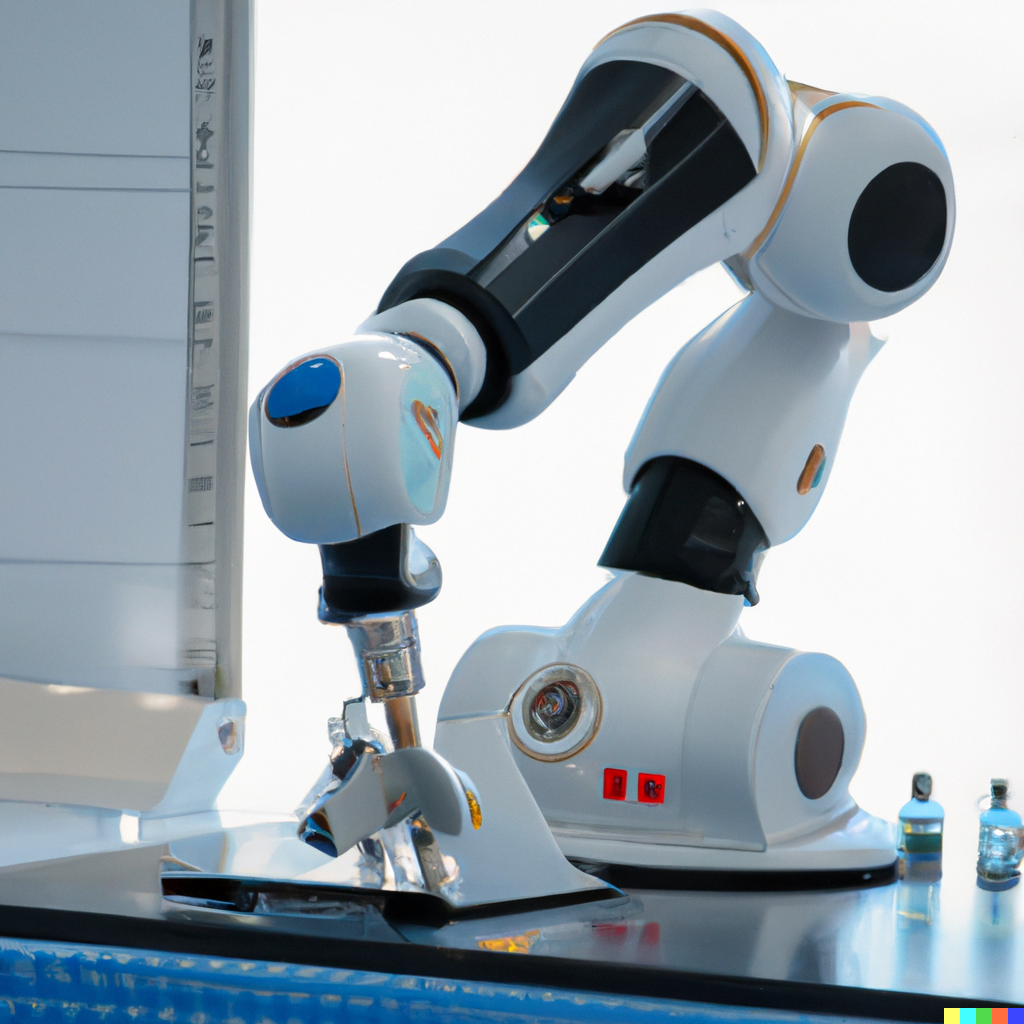
The COVID-19 pandemic has underscored the importance of fast and accurate testing as a critical tool for controlling the spread of the disease. Traditional diagnostic tests, such as PCR and antigen tests, require significant resources and time to administer and process. However, recent developments in robotics technology have led to the creation of new, faster testing methods that promise to speed up the testing process and increase testing capacity.
Robots have been used for a variety of tasks in the fight against COVID-19, from delivering supplies to disinfecting surfaces. One of the most promising applications of robotics, however, has been in the development of new testing methods. These methods rely on robotic systems to automate the testing process and deliver results more quickly and accurately than traditional tests.
Bright Machines, a robotics company, is repurposing their standard assembly line robotics to provide faster, more reliable COVID-19 testing. A robotic cell, a dual-conveyor, a robotic arm, and a vision system band together to open the different-sized test tubes, transport samples from the patient test tube to the control tube, and visually verify the process.
University of Texas Medical Branch has also developed a robotic system. With their new technology, they can run more than 1,000 tests a day, compared with 15 using entirely human systems. Using ABB robots, they also reduce the chances of infection among lab workers.
University of California, Berkeley’s Innovative Genomics Institute has been processing 1,000 tests a day, too. Their pop-up lab is addressing the lack of quick testing in their neighborhood with machinery that can test 300 samples at a time.
These are just a few examples. Since 2020, robots have been used to speed up COVID-19 testing. Each one manages to get headlines hailing it as brand new technology.
The elephant in the room
With so many COVID-19 testing robots available, why is so much testing still being done by hand?
Even though there are quite a few of these robots, they are not evenly distributed across the country. Boston University‘s COVID-19 testing lab now sees a measly 100 patients a day. They’re gearing up to provide other kinds of research support for other parts of the campus.
Just as many people will still sew a button on by hand if they lose one from a shirt, even though there are plenty of industrial sewing machines in existence, hand performing a COVID-19 test is usually just as fast as sending a swab to a robotic lab would be.
